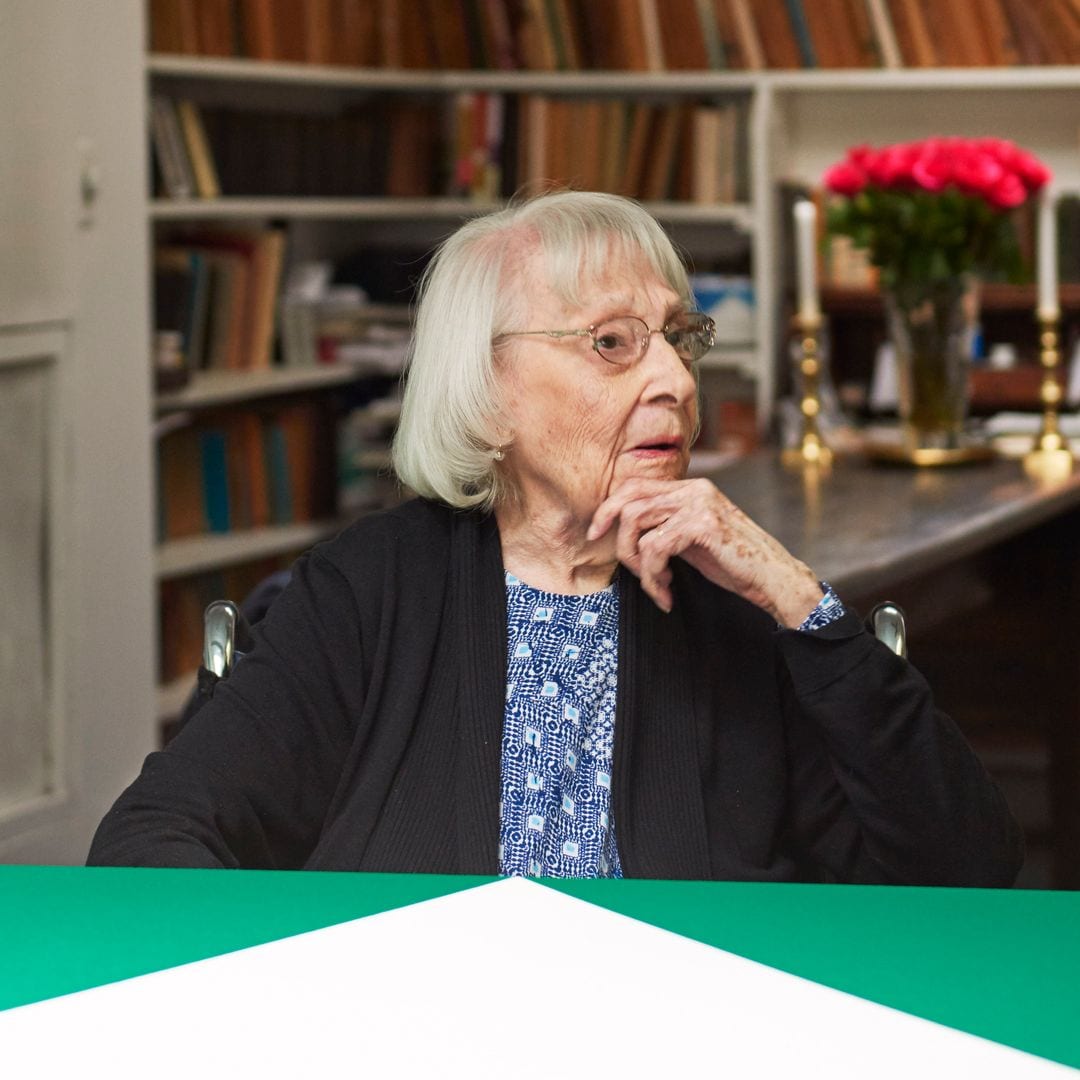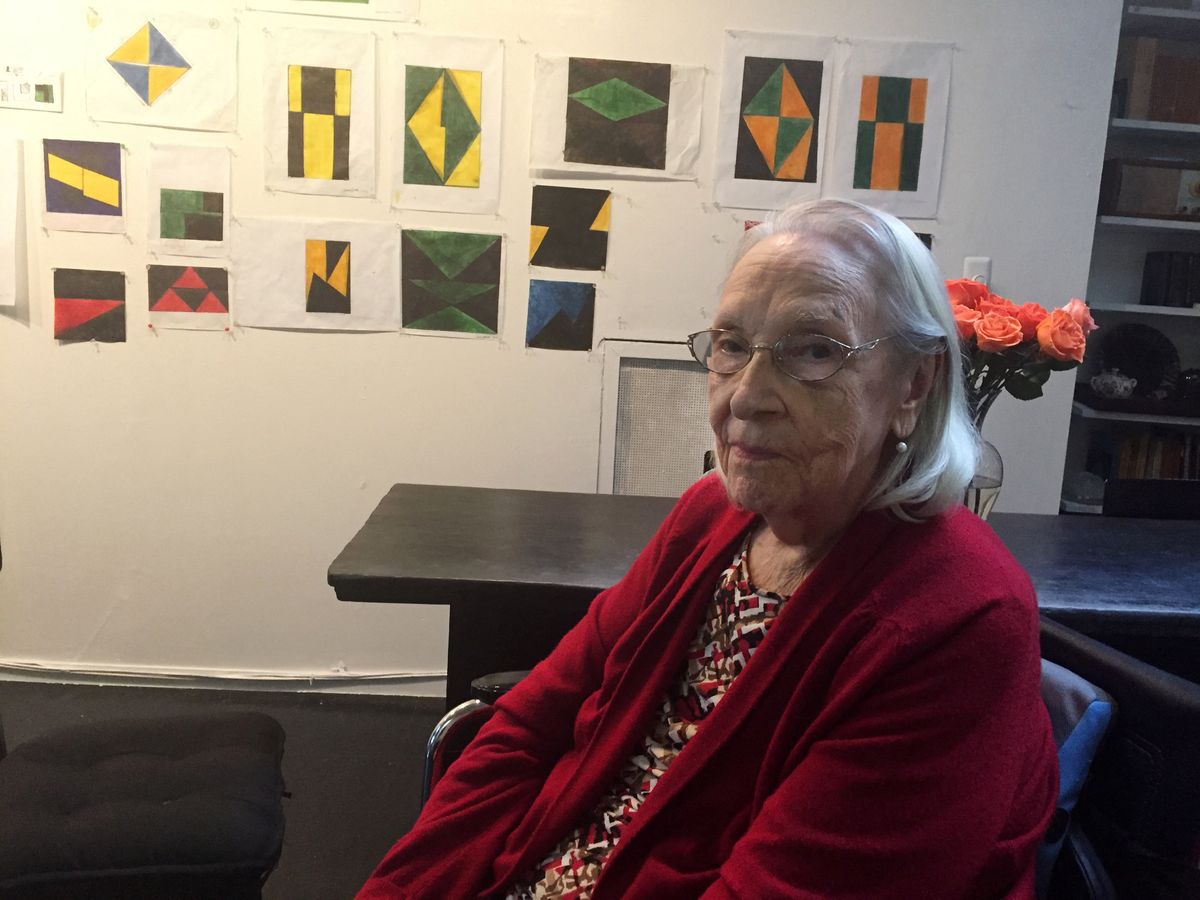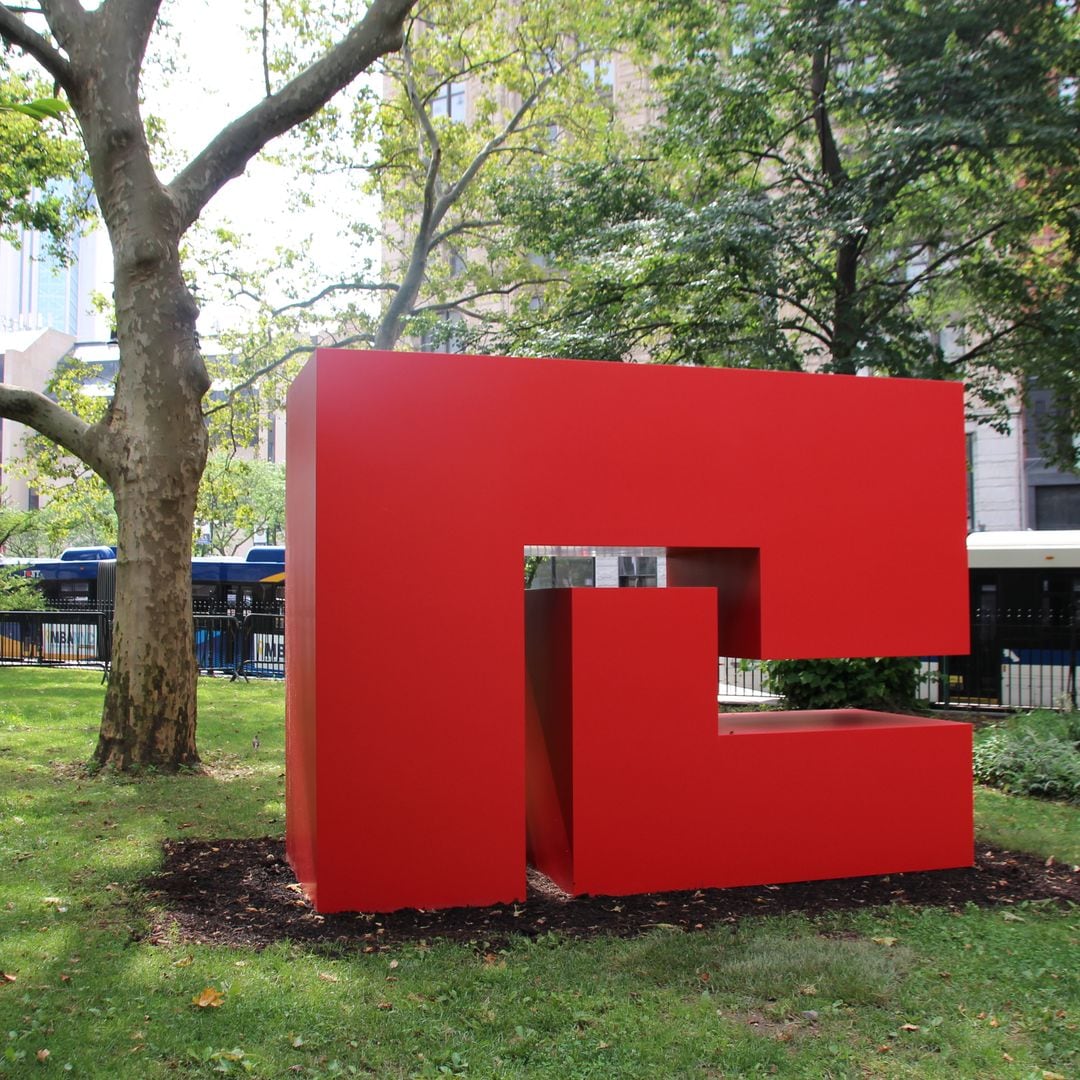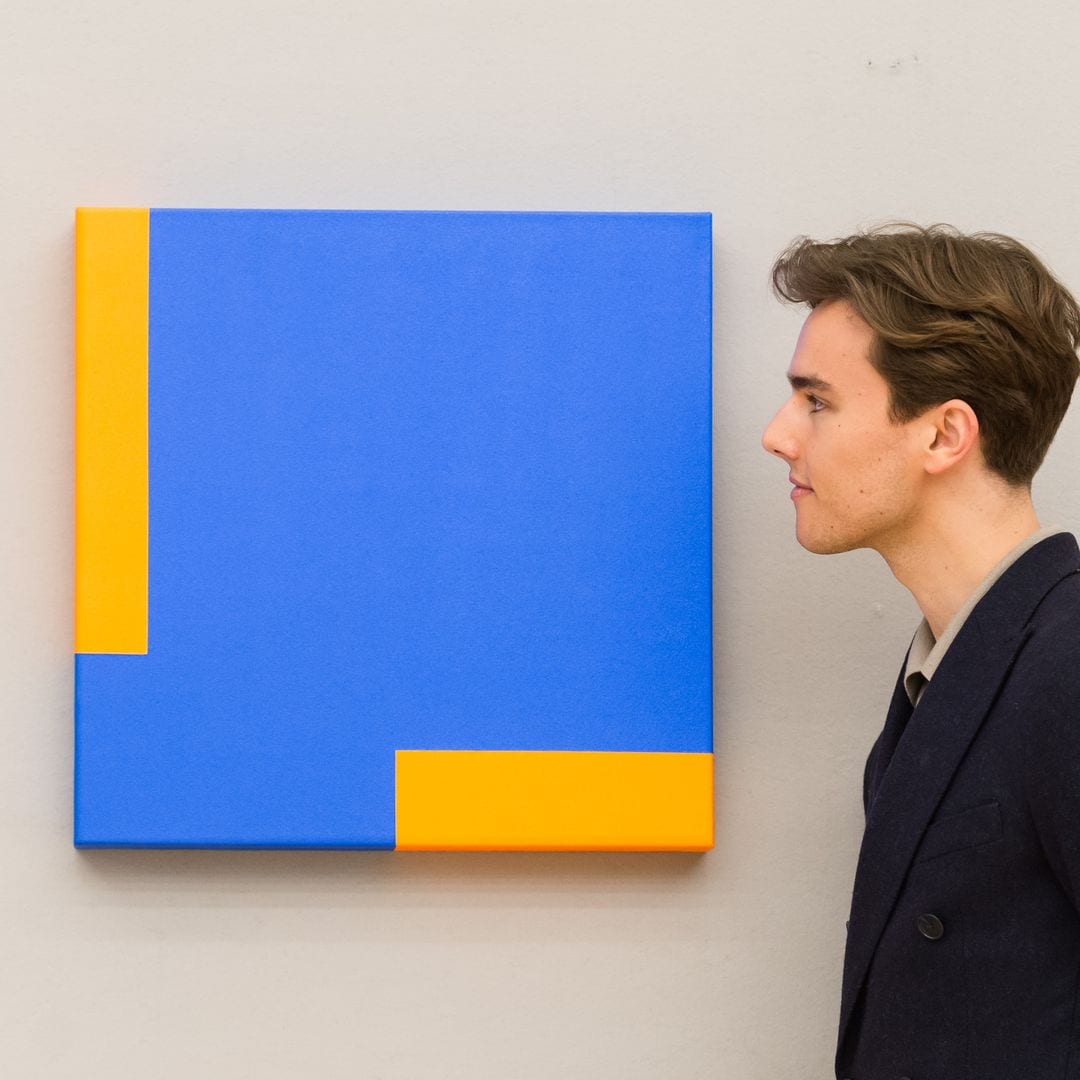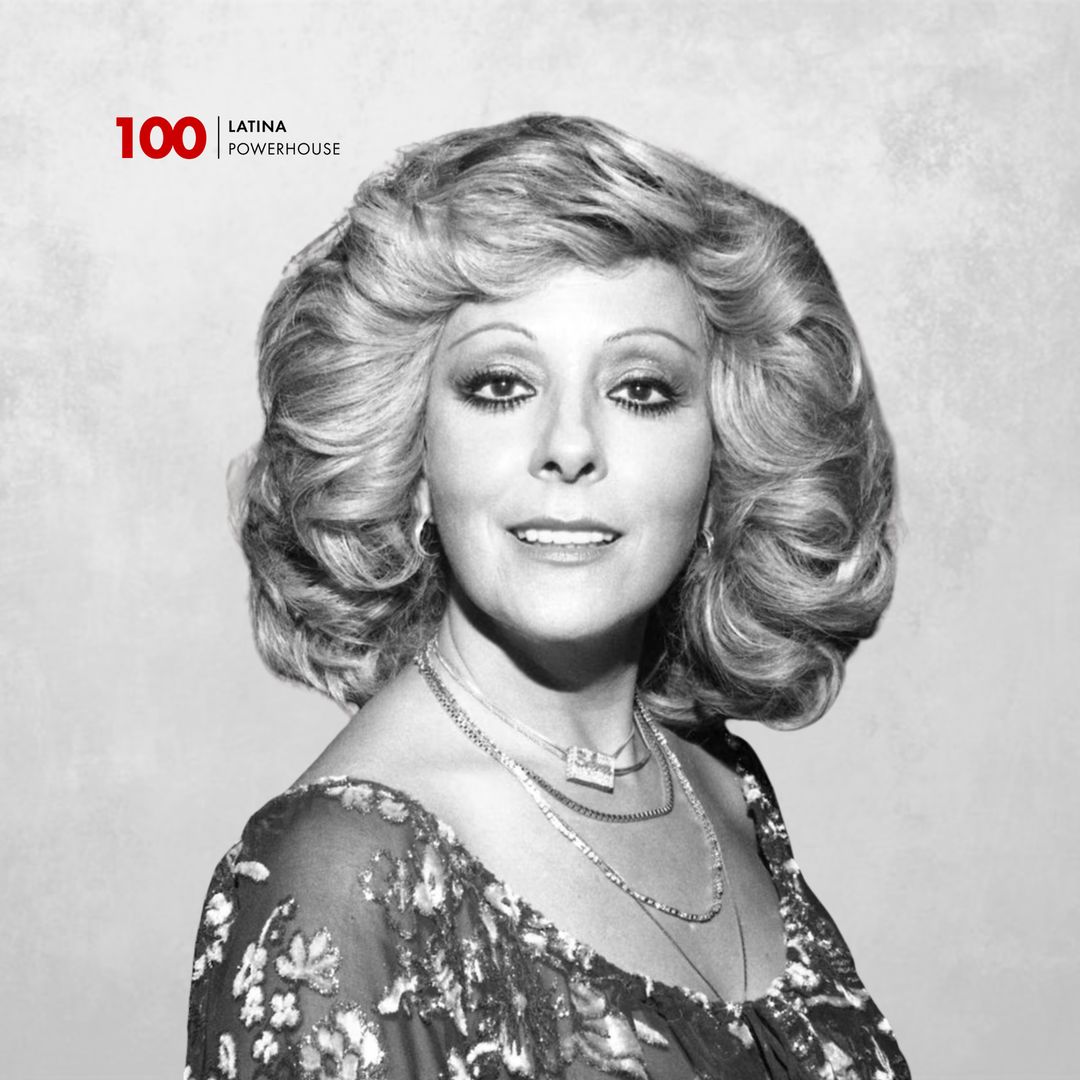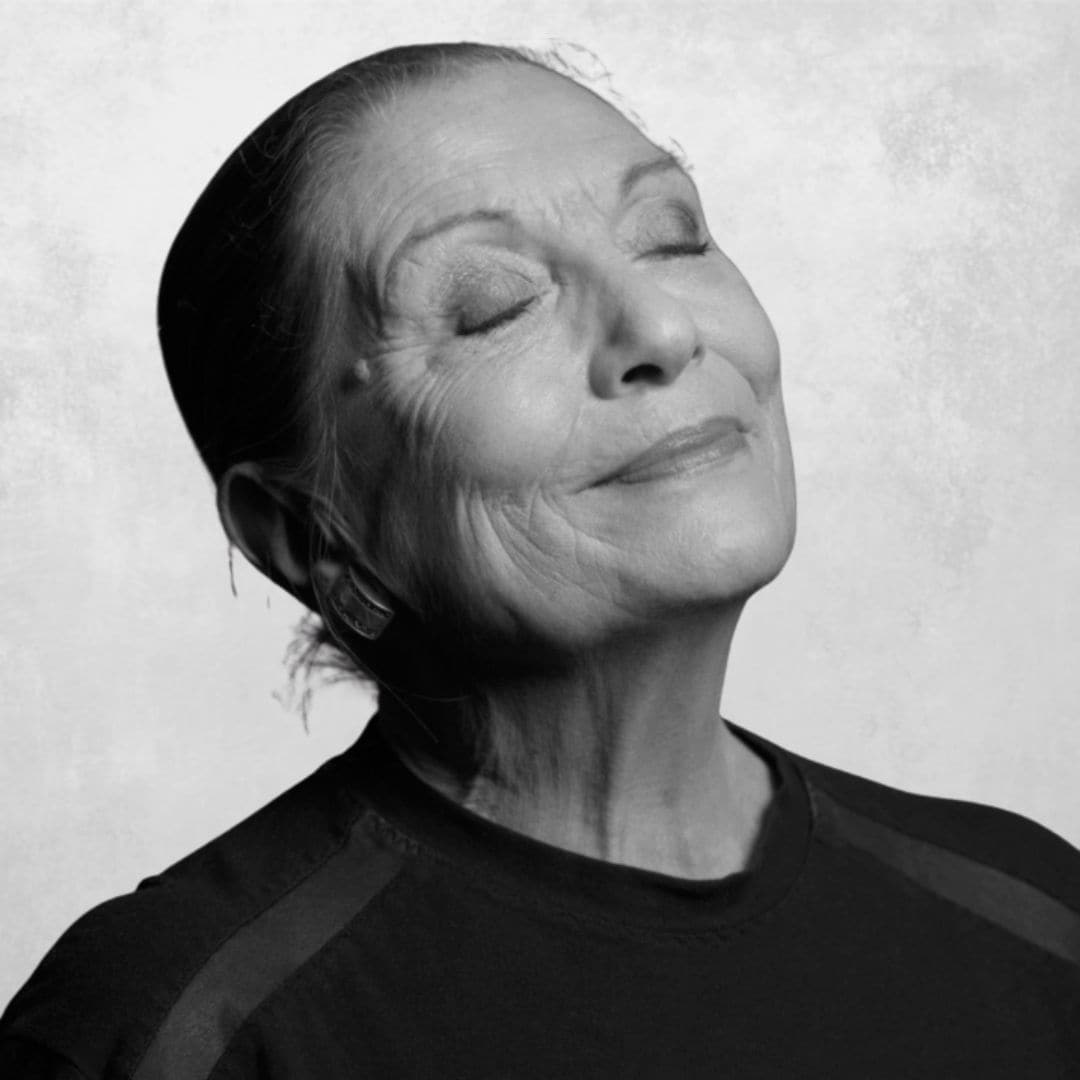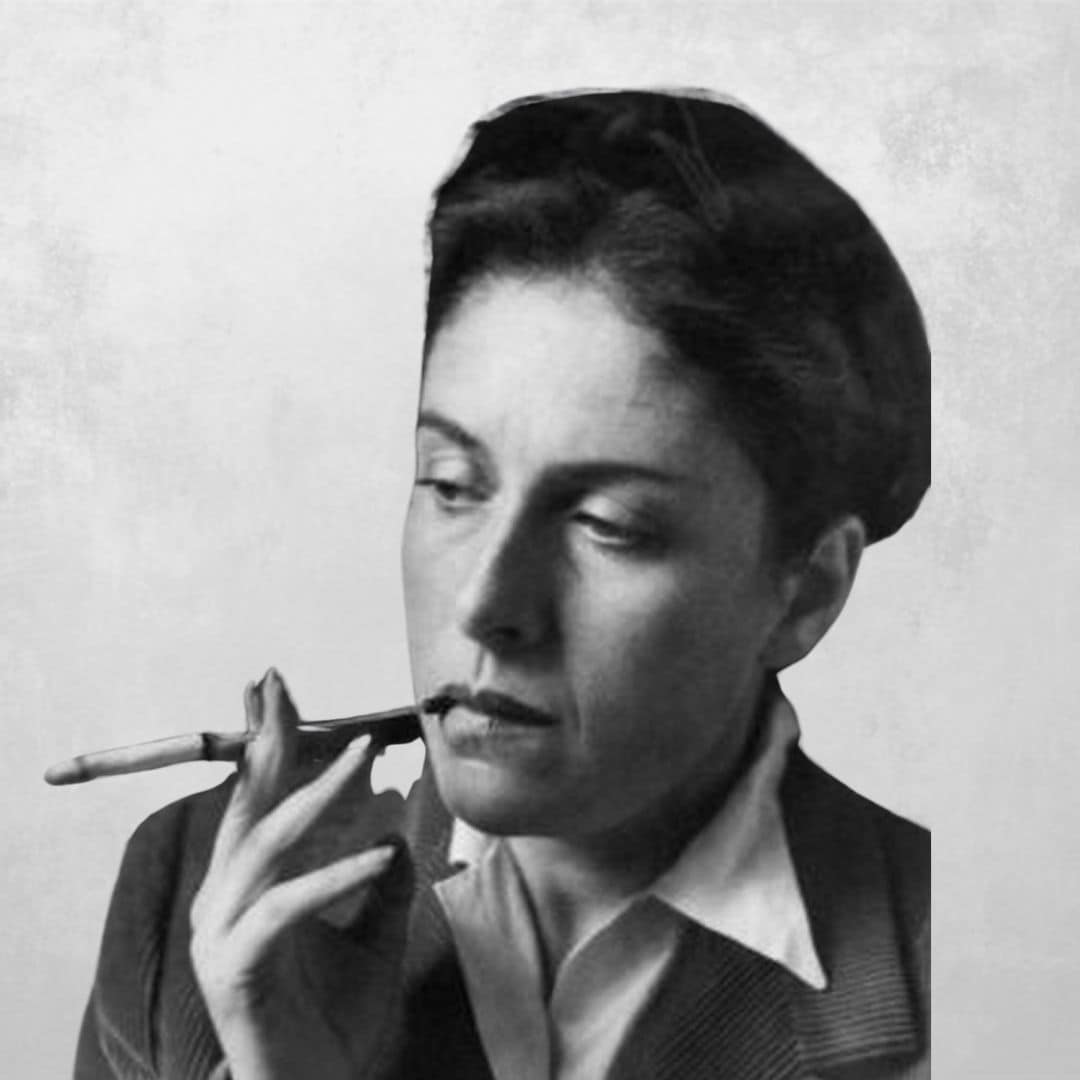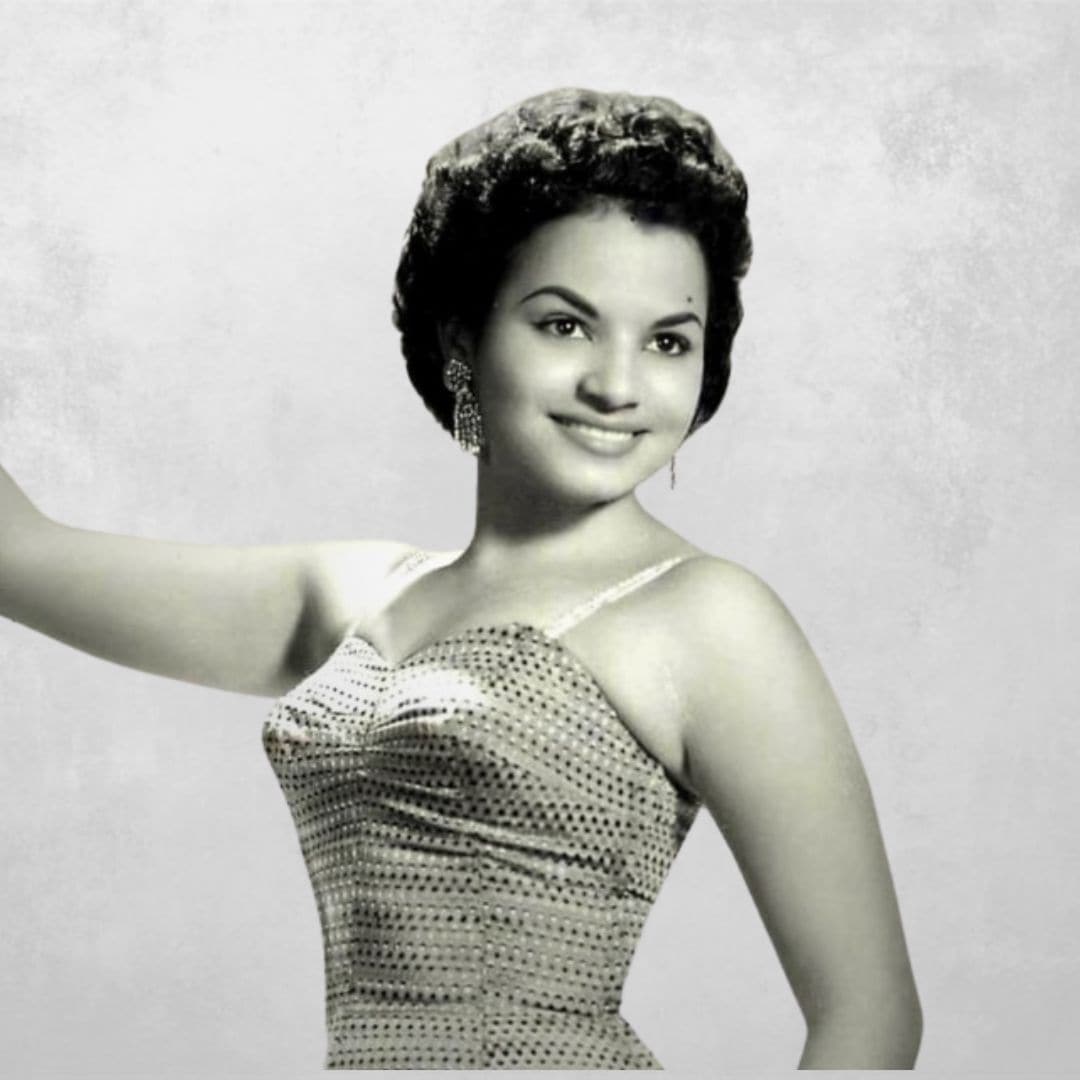Carmen Herrera was a prominent Cuban artist recognized as a pioneer in geometric abstraction and Latin American modernism. She was born on May 31, 1915, in Havana. Her father was one of the founders of the Cuban newspaper El Mundo, and her mother was a reporter and philanthropist.
During the 1930s and 1940s, she lived between France and Cuba. Before fully dedicating herself to the art world, she studied architecture at the University of Havana. She trained at the Art Students League in New York before exhibiting her work five times at the Salon des Réalités Nouvelles at the Musée d'Art Moderne de la Ville de Paris, France, between 1949 and 1953.
In the 1950s, she married Jesse Lowenthal, a literature professor. In 1954, Carmen settled in New York, where she lived and worked until her death on February 12, 2022, at the age of 106.
Her background in architecture influenced her artistic style, which leaned towards geometric forms, simplicity, and minimalism. Despite her talent, Carmen Herrera faced double the discrimination—first, for being a woman, and second, due to her Latin American heritage. These factors made it harder for her to market her work, but they didn't stop her from continuing to create and innovate.
"Being ignored is a form of freedom. I felt liberated from constantly having to please others."
She exhibited alongside Theo van Doesburg, Max Bill, and Piet Mondrian and with a younger generation of Latin American artists, such as members of Los Disidentes (Venezuela), the Concretistas (Brazil), and the Madí Group (Argentina). In the mid-1960s, she began experimenting with a more reduced color palette, often combining black or green with white.
Around the same time, she decided to pause her painting career to focus on sculpture. In 1966, she created the Estructuras series, setting aside painting to begin working on her first sculptures, influenced by her prior architectural training. Carmen explained that Estructuras was based on "paintings that cry out to become sculptures." This series was exhibited in 2018 at the Lisson Gallery in New York.
Although she began her artistic career in the 1940s, her work was not recognized until many years later, when she was over 80. It wasn't until 2004, at age 89, that she sold her first painting.
“I never in my life had any idea of money and I thought fame was a very vulgar thing. So I just worked and waited. And at the end of my life, I’m getting a lot of recognition, to my amazement and my pleasure, actually."
Her work was exhibited in New York, and the Whitney Museum of American Art held a retrospective of her art in 2016. She also presented her work at the Pfalzgalerie Museum in Germany, the Ikon Gallery in Birmingham, England, the Wexner Center for the Arts in Columbus, Ohio, and the Museum of Fine Arts in Houston, Texas.
Posthumously, with her piece Día Feriado, Herrera joined a select group of artists whose work is a part of the White House art collection. Herrera is the first artist of Latin American descent to have her work included in the permanent collection of the United States presidential residence.

